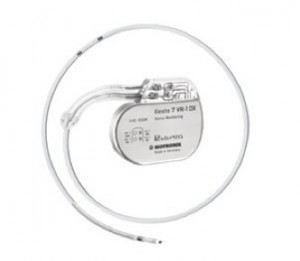 The most common health risks that exist in the medical devices manufacturing industry, apart from the usual noise and ergonomic issues, tend to arise as a result of the need to keep the products absolutely clean and sterile. These vary from simple wiping with IPA, ethanol and methanol to sophisticated Ethylene Oxide (EtO) sterilisation plants, ozone generated by UV surface treatments and other unusual contaminants.
The most common health risks that exist in the medical devices manufacturing industry, apart from the usual noise and ergonomic issues, tend to arise as a result of the need to keep the products absolutely clean and sterile. These vary from simple wiping with IPA, ethanol and methanol to sophisticated Ethylene Oxide (EtO) sterilisation plants, ozone generated by UV surface treatments and other unusual contaminants.
The production process itself often involves plastic welding and bonding with agents like DCM dichloromethane (though this is being phased out), Acetone, Ethyl Acetate, MEK, Tetrahydrofuran (THF) and a whole family of similar solvents. Though often used in small amounts, poor practise in both LEV design and solvent use can give rise to significant exposures.
Airborne dusts are usually often only potential problems in limited areas, where they are sometimes used to increase lubricity, stop parts sticking or otherwise in the production process. R & D labs usually have the range of potentially harmful reagents, though they are usually used in fumes hoods or other well contained environments.
- Cleaning and production solvent Exposure assessment
- Ethylene Oxide Exposure
- Best practise for use of IPA
- Evaluation of risk from skin absorption
- Plastic fumes associated with moulding machines and hot processing operations
Useful Resources and Links:

